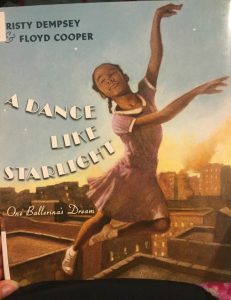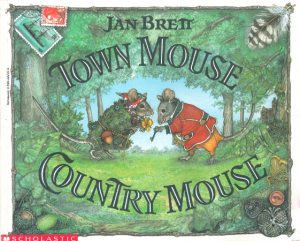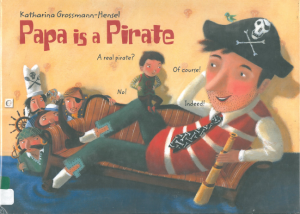Author: Carmen Tafolla
Illustrator: Magaly Morales
Publisher and Year: Dragonfly Books, 2009
Number of Pages: 28
Genre: Fiction
Analysis:
 This story is about a young girl and her love for paletas and her barrio. A paleta is an icy fruit popsicle, and a barrio is a neighborhood. On each page she talks about all the roles that the paleta plays in her neighborhood.
This story is about a young girl and her love for paletas and her barrio. A paleta is an icy fruit popsicle, and a barrio is a neighborhood. On each page she talks about all the roles that the paleta plays in her neighborhood.
This book is in English and in Spanish. On the left page there is the English text and on the right there is the Spanish translation. Since this book is in both Spanish and English it can function as a mirror and window. For a reader who is from a Mexican American background this book would function as a mirror. This would be a mirror because the reader would be able to connect with the language and the culture of the text. On the other hand this text could function as a window for a reader who doesn’t come from a Mexican American background. This reader would just be able to get a glimpse of this culture. They are probably unable to connect with the story the way a Mexican American would be able to but they can still learn and take away some new knowledge from this text. Since this text has translations of some words in the back it can also function as a door for readers. With the translations in the text readers are able to apply the words in their lives making them more a part of a different culture. Only one culture is represented in this text and that is the Mexican American culture. I gained a lot of knowledge from this culture just from a few pages. I had no idea that fruit popsicles was a big part of some Mexican American neighborhoods. I was also able to learn some new Spanish words that were within the text.
The images in this text are beautiful. They are full of color and I noticed that the color schemes are similar to the different colors of the paletas, which are mostly primary colors. The images are very detailed and in the backgrounds of the images the reader is able to see into houses and stores. On page 2 in the background the reader is able to see into the house of the main character. In the house her mother is cooking a traditional Mexican American meal of tortillas, tacos and fruit. I love how there is so much detail in the pictures because it allows the reader to see into the life of someone who is from a different culture. Overall I really enjoyed this book because it teaches about a different culture in a beautiful and colorful way.
























